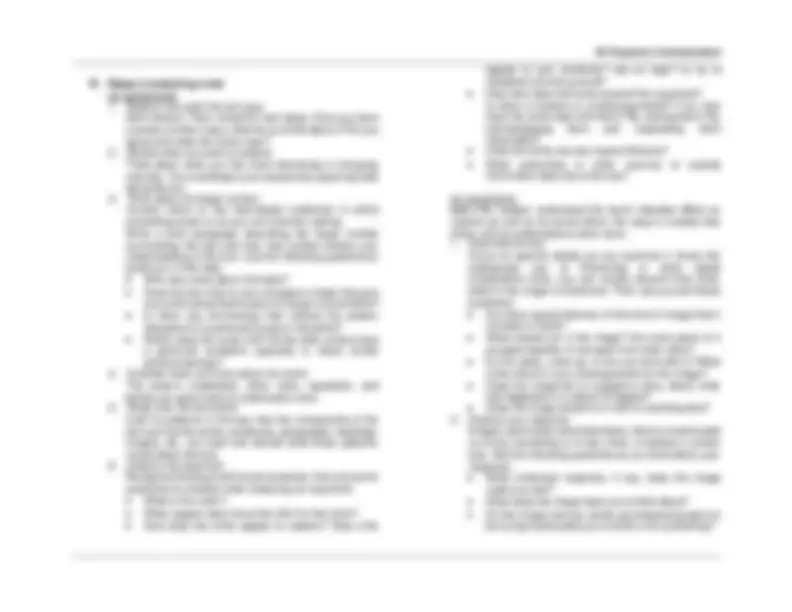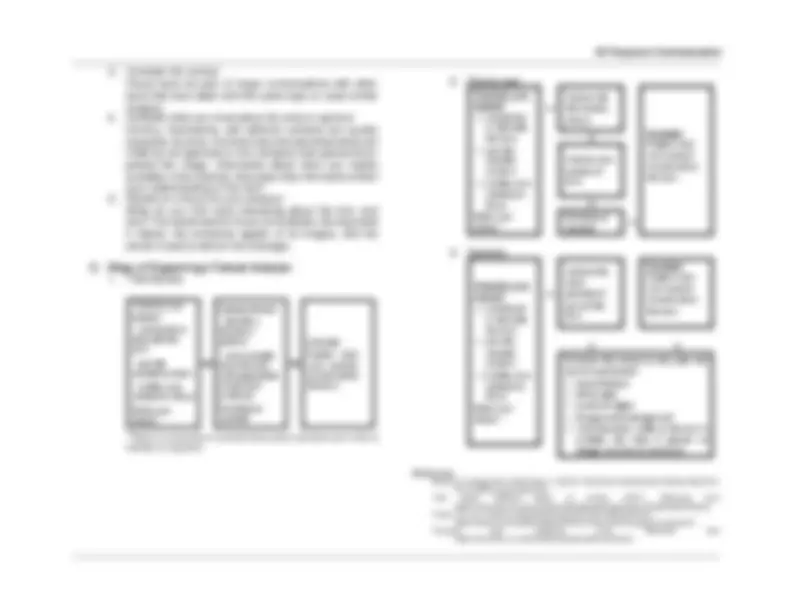




Study with the several resources on Docsity

Earn points by helping other students or get them with a premium plan


Prepare for your exams
Study with the several resources on Docsity

Earn points to download
Earn points by helping other students or get them with a premium plan
Community
Ask the community for help and clear up your study doubts
Discover the best universities in your country according to Docsity users
Free resources
Download our free guides on studying techniques, anxiety management strategies, and thesis advice from Docsity tutors
Handout for 1st year college Purposive Communication
Typology: Summaries
1 / 4

This page cannot be seen from the preview
Don't miss anything!



Evaluating Messages and Images of Different Types of Text I. Different Types of Text A. Factual Texts – inform, instruct, or persuade by giving facts and information Source: schoolatoz.nsw.edu.au order
B. Literary Texts – entertain or elicit an emotional response by using language to create mental images Types Features
Introduce your analysis: summarize or describe the text provide needed context outline your method or focus State your thesis.* Introduce your analysis: